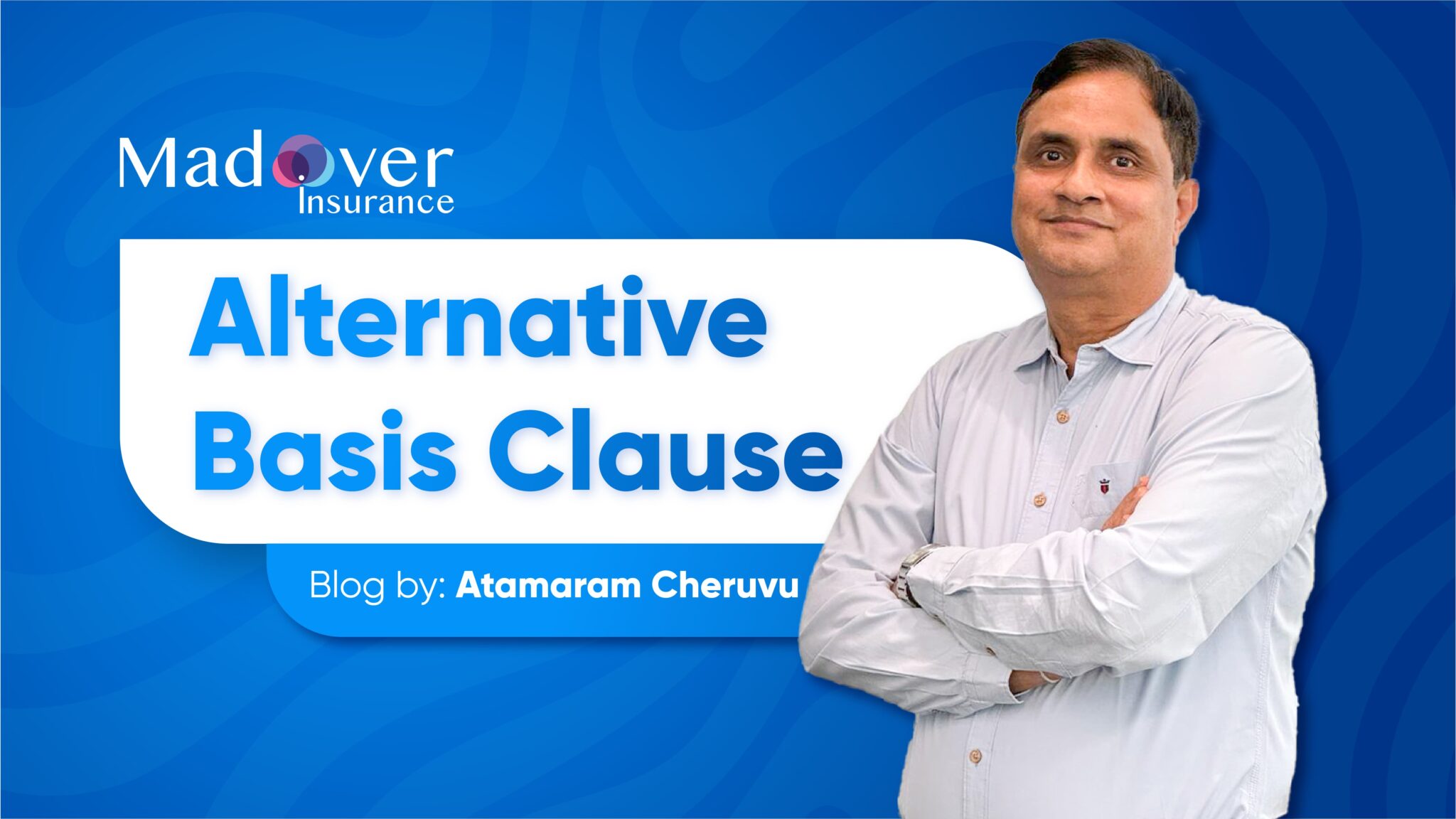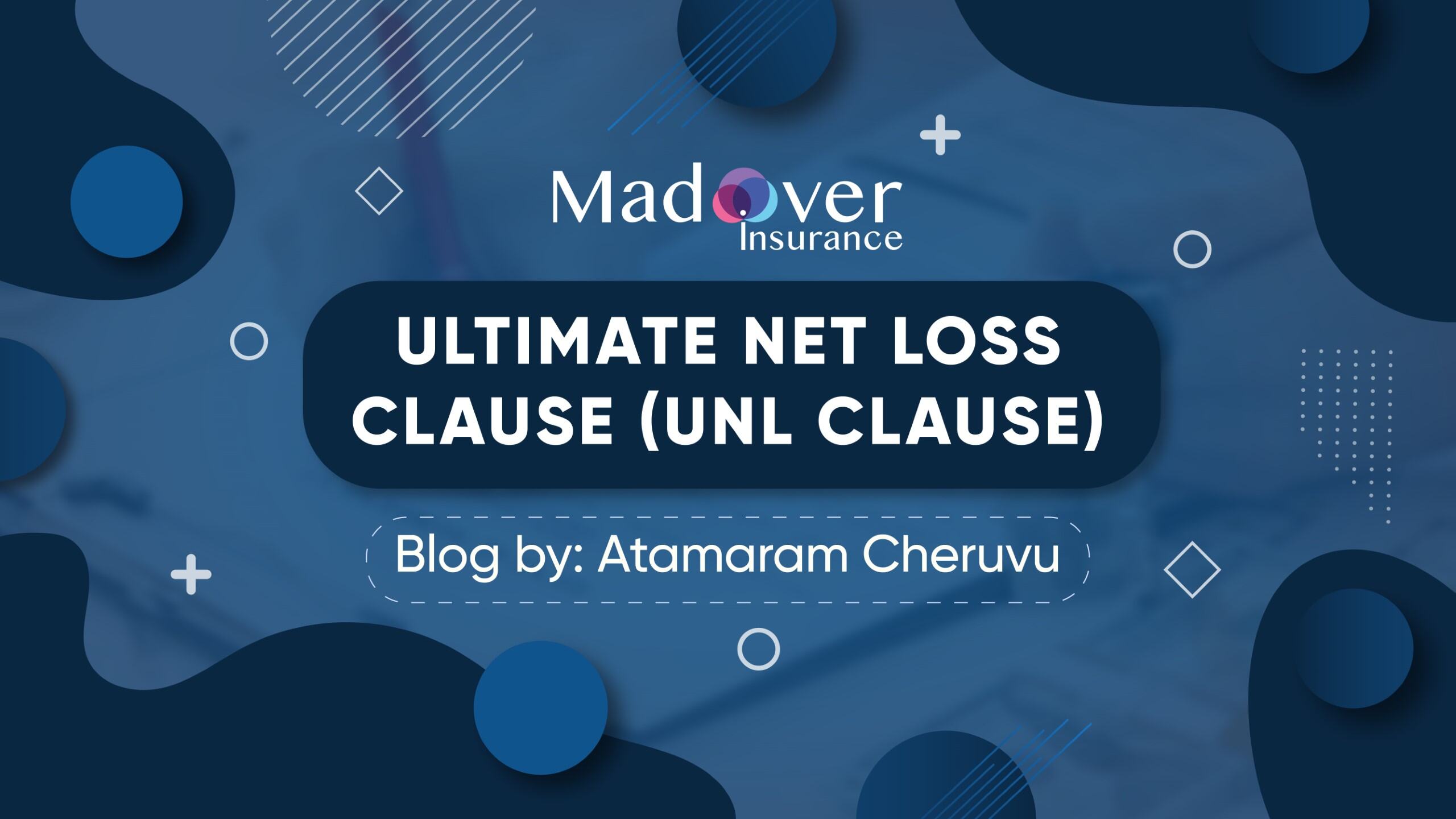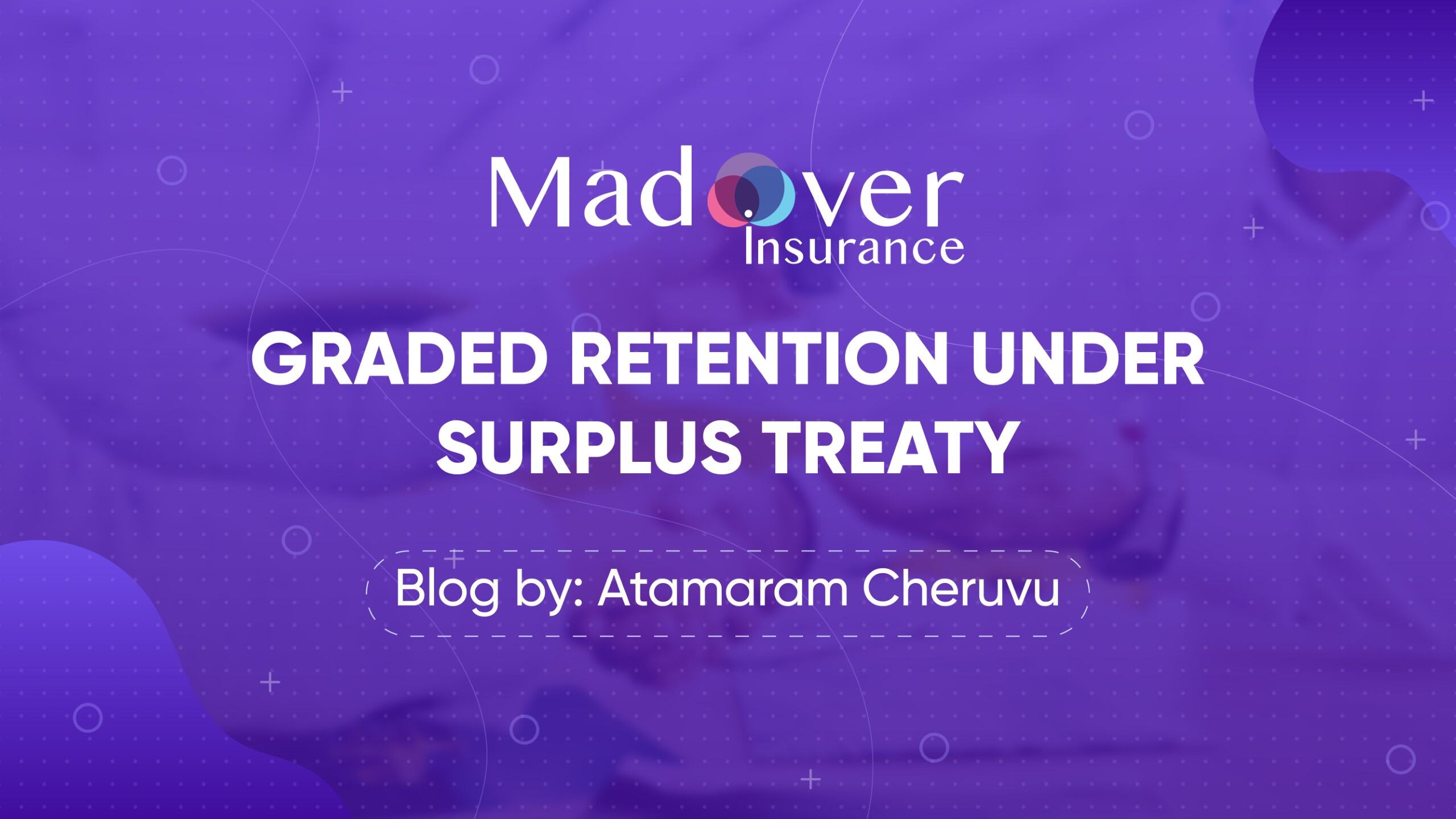Graded retention under Surplus Treaty is an excellent way to drive Underwriting Philosophy of a reinsured.
If the reinsured underwriting philosophy is have a portfolio composition of Minimum 60% of low hazard risks, Maximum 30% of moderate hazard risks and maximum 10% of high hazard risks, then, it should according plan its graded retention.
A marketing person will follow the path of least resistance. If he knows that the company has very low capacity for high hazard risks and he would need to get additional underwriting information and risk reports to get facultative support and also will have to get further information to enable answer the various questions raised by facultative underwriters, then, he will automatically avoid concentrating on the high hazard risks.
There are some Surplus treaties in which the grading is done on a combination of Risk Category and Class of Construction. A complete matrix is created.
For example: Low Hazard risk category and Class I construction: 100%
Low hazard and Class III construction: 60%
High Hazard and Class III construction: 30%.
A complete 3*3 matrix is created.
More than 90% of the risks underwritten by a reinsured are usually not inspected. Based on proposal form information, it is impossible to find out the class of construction. In such case, I am not sure as to what is achieved by having such a complicated graded retention structure.
Blog by Atmaram Cheruvu









